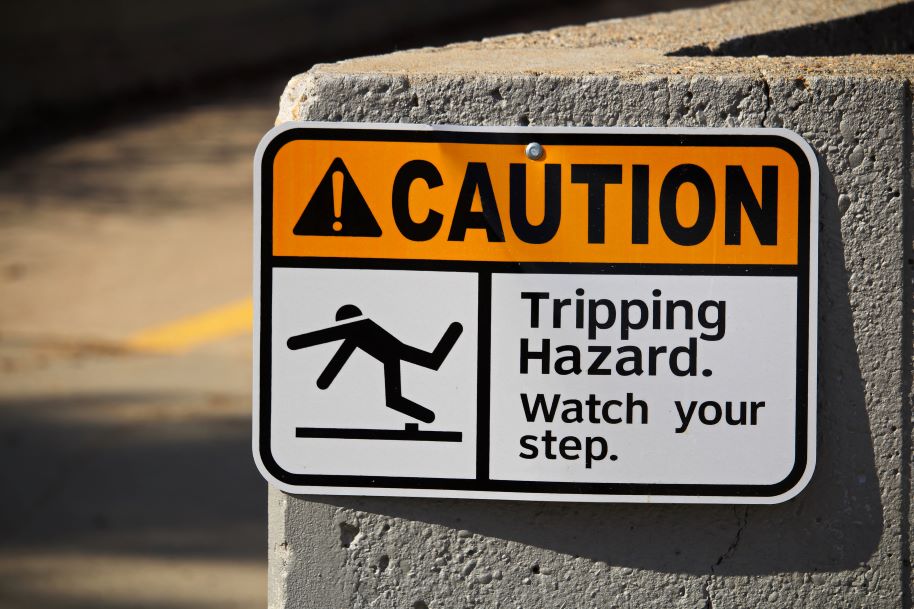Introduction
In today's busy work environment, ensuring the safety and health of staff members is vital. Among the vital elements of work environment security is the provision of Automated External Defibrillators (AEDs). These lifesaving tools are vital for responding to sudden cardiac arrests, which can happen in any setup, consisting of work environments. This thorough guide will look into the Workplace AED Requirements in Australia, highlighting what every company needs to find out about carrying out and keeping AEDs.
Workplace AED Requirements in Australia: What Every Company Requirements to Know
Understanding the legal and practical requirements bordering AEDs is vital for all companies in Australia. The Australian Resuscitation first aid course melbourne cbd Council highlights that having an AED on-site can considerably raise survival rates throughout heart emergency situations. Employers need to acquaint themselves with their duties under pertinent legislation, including the Job Health and wellness Act 2011.

The Relevance of Having an AED in Your Workplace
Every second counts when it pertains to a heart emergency situation. An AED can be the difference in between life and fatality. According to studies, early defibrillation enhances survival rates by approximately 70%. This emphasizes why it's not just an excellent concept-- it's a necessity.

Understanding Automated External Defibrillator Discussed Australia
An Automated External Defibrillator (AED) is a mobile gadget that checks heart rhythm and can send an electrical shock to the heart if required. The device overviews individuals via the process with voice prompts and aesthetic guidelines, making it usable also for individuals without any clinical training.
How to Make use of an AED Step by Step Australia
Using an AED includes a number of crucial actions:
Assess Responsiveness: Check if the person is responsive. Call for Help: Dial emergency services immediately. Retrieve the AED: Get the nearby AED. Attach Pads: Comply with representations on pads for proper placement. Analyze Heart Rhythm: The device will analyze whether a shock is needed. Deliver Shock if Necessary: Make sure no one is touching the person before pushing the shock button. Continue CPR: After supplying a shock, proceed CPR until emergency solutions arrive.AED and mouth-to-mouth resuscitation With each other Australia
Combining mouth-to-mouth resuscitation with an AED enhances survival opportunities considerably. While awaiting a rescue, carrying out mouth-to-mouth resuscitation keeps blood distributing, increasing oxygen supply to vital organs till defibrillation can occur.
AED Usage on Children Australia
When making use of an AED on youngsters, special pediatric pads are usually called for. Many contemporary gadgets come furnished with child-specific settings that adjust energy levels based upon age or weight criteria.
AED Battery Upkeep Australia
Maintaining your AED consists of checking battery status consistently, replacing batteries according to manufacturer standards, and making certain pads are not run out or damaged.
Workplace AED Demands Australia
Employers have to make certain that:
- A suitable variety of AEDs are available based on workplace dimension and location. Employees have accessibility to training for using the device. Regular upkeep checks are executed according to manufacturer recommendations.
Public AED Locations Australia
Many public spaces currently include obtainable AEDs; understanding where these places are can save lives outside of workplace setups as well. Local councils commonly keep databases of these locations.

Defibrillator Training Courses Australia
Training courses offer essential expertise about utilizing defibrillators effectively together with CPR strategies. Organizations like St John Rescue offer certifications that gear up employees with lifesaving skills.
Defibrillator Regulations Australia
Legislation bordering defibrillators differs by state but generally mandates specific work environments, such as gyms or aged care facilities, to have AEDs easily available for use throughout emergencies.
Choosing Right AED Australia
Selecting a suitable version depends on variables such as:
- Intended use (workplace vs commercial) User-friendliness Availability of pediatric options
Identifying Potential Calamities in Your Workplace
Employers should carry out danger evaluations frequently to determine potential clinical emergency situations unique to their setting-- this may consist of examining employee health dangers or ecological hazards influencing emergency action protocols.
FAQs
1. What is an Automated Exterior Defibrillator?
An Automated External Defibrillator (AED) is a portable device made to deal with people experiencing sudden cardiac arrest by delivering an electric shock that helps recover normal heart rhythm.
2. Exist legal needs for having an AED in my workplace?
Yes, while certain legislation may differ by state or region, several regions need workplaces-- especially those taken into consideration high-risk-- to have access to automated exterior defibrillators as component of their emergency treatment provisions.
3. How commonly must I check my office's AED?
It's suggested to check your office's AED a minimum of once a month and after each use, making sure that batteries are practical and pads are within expiry dates.
4. Can anyone use an AED?
Yes! Modern tools are developed for laypeople and offer detailed audio instructions; nonetheless, formal training is recommended for optimal preparedness throughout emergencies.
5. What is included in defibrillator training courses?
Courses usually cover how to operate an AED safely, perform mouth-to-mouth resuscitation successfully, identify signs of cardiac arrest, and react properly during clinical emergencies.
6. Where can I discover public gain access to defibrillators?
Public gain access to defibrillators can be found in different areas such as shopping centers, airport terminals, schools, showing off places, and community centers; local authorities often preserve maps showing these locations.
Conclusion
Ensuring workplace security entails more than just conformity; it has to do with promoting a culture of preparedness amongst workers worrying health and wellness emergencies such as cardiac arrests. Implementing reliable policies around Automated External Defibrillators (AEDs) not just enhances first aid courses in melbourne your obligation of treatment but additionally reveals commitment toward worker welfare-- a win-win situation!
In summary, understanding the essential components surrounding workplace AED demands in Australia equips employers with understanding essential for creating much safer atmospheres for both productivity and health amongst team member-- because at the end of the day? Everyone is entitled to comfort knowing they're made sure of!